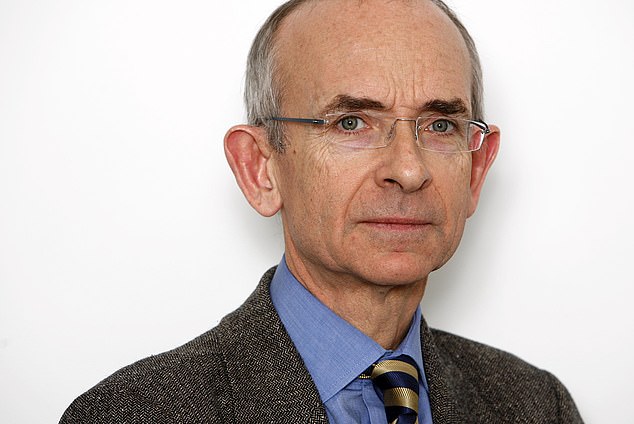“Depressing” is a word we use too often. But it is the only way to describe a report published yesterday, which revealed that the number of young people aged 18 to 24 who are “economically inactive” has more than doubled in the last ten years.
What was so shocking was that two-thirds of those surveyed said they suffered from poor mental health, and four in ten said this was the main reason they did not work.
I confess that my immediate reaction was: In fact?
Is it really true that this generation is particularly vulnerable to mental health problems? That there is something unique about them, compared to previous generations, that makes their lives so psychologically fragile? That these young people are heading into what should be the best years of their lives, hampered by real mental health issues?
Of course not.
I fear that this ‘rising tide’ of mental health issues is largely driven by self-diagnosis and social media, combined with the medicalization of every human illness, usually to provide pharmaceutical companies with new drugs to sell.
As a doctor, I know how devastating mental health conditions can be and it is vital that those affected seek medical help and receive treatment.
It is also important that we destigmatize mental health, a taboo topic for too long. And that includes discussing it openly, even on social media.
But deciding you have a mental health problem based on a social media post is different.
However, we are seeing this happening more and more, most recently with ADHD (attention deficit hyperactivity disorder). It seems to me that celebrities are taking it upon themselves to spread the word about their diagnosis, and in their wake, there are plenty of people deciding that they too are affected.

Social media, self-diagnosis and overmedicalization are behind a rising wave of mental problems, according to Dr Martin Scurr
Let me emphasize again that I am not saying that ADHD is not a serious problem.
Of course it is. But there are clear criteria for diagnosing it, set out in psychiatrists’ ‘bible’, the Diagnostic and Statistical Manual, which include several symptoms of ADHD that should have been noted as present before the age of 12.
However, what we are seeing now is that the “problems” listed on social media sites as signs of ADHD are being used to self-diagnose this serious disorder.
For me, the biggest problem is anxiety, because it seems like a lot more people are affected.
Humans are anxious by nature; It’s a trait that kept our ancestors wary of predators, for example, and safe in the savannahs.
Anxiety and mood swings are part of the normal human experience and children and young people need to face everyday adversity to learn to cope with disappointment. Yes, they are the generation marked by experiencing Covid and the lockdowns, and by missing school. But I think every generation has its own unique challenges, some harder to overcome than others.
As Professor Frank Furedi, a sociologist at the University of Kent, put it: ‘What were previously known as existential problems of youth: relationship breakdowns, failure, not being part of something; the normal difficulties of making your way in life – have been compartmentalized into mental health problems.’
He added: ‘If you have a mental health problem, how can you take responsibility for your own destiny? Thus, normal difficulties in any workplace, such as strict deadlines, become “stress” and “depression.”
Another issue for this generation is the constant attention to mental health issues.
One of the pillars of mental health treatment is cognitive behavioral therapy, a talk therapy based on the concept that our mood is determined, at least in part, by what we are thinking.
The idea is to change this thought and thus change the mood.
For example, patients with affective disorders (disorders involving anxiety or depressed mood) can be taught to stop constantly deliberating about their situation and feeling sad about their difficulties – such as they may be – and to stop dwelling on them incessantly. to these problems in your head. This has been shown to improve mood.
It’s not that far from that “power of positive thinking” school, although it would be better labeled as “reducing the harm caused by the negative aspects of thinking.”
Likewise, thinking too much about mental well-being can have a negative effect.
And it may well be that the media – and social media –, while doing much to destigmatize mental health, is now also training or raising awareness among young people to think they have problems when in fact they do not.
Something else is happening with the younger ones.
And I’m afraid his parents are partly to blame. A book serialized in Mail+ at the weekend, called Bad Therapy, suggests that “delicate feelings parenting and therapy” had effectively damaged Generation Z, those born between 1997 and 2012, who are now in their 20s. years.
The rush to “diagnose and adapt, not punish and reward” has led to “the loneliest, most anxious, most depressed and fearful generation ever recorded.”
The modern emphasis on protecting and safeguarding has led us to our current situation, where even the incorrect use of pronouns makes some people “feel unsafe”.
This may seem harsh, but this generation’s snowflake really needs to get a grip. Your future mental well-being depends on it.
